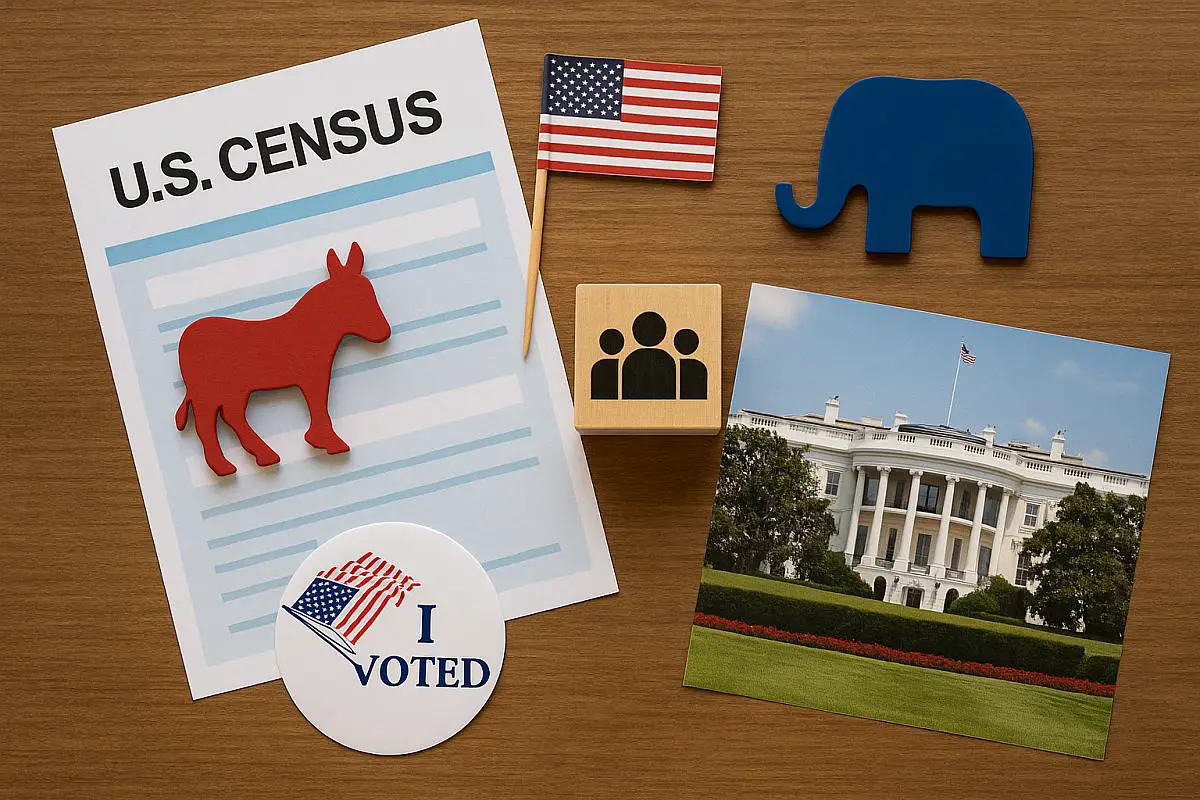Democrats have grown used to relying on a familiar path to the White House. Win California, New York, Illinois, and then add the battlegrounds in the upper Midwest, and you are within striking distance of 270 electoral votes. That formula has worked for decades. But by 2032, it may no longer hold.
Population shifts, reapportionment after the 2030 Census, and aggressive redistricting are reshaping the political map in ways that could leave Democrats with far fewer paths to victory.
Blue States Lose, Red States Gain
The story begins with the census. Americans are leaving high-tax, heavily regulated states like California, New York, and Illinois, and heading south to places like Texas, Florida, and the Carolinas. Those moves are not just lifestyle choices, as they also shift political power.
When congressional seats are redistributed after the 2030 Census, analysts expect Democratic strongholds to lose representation. California, which already gave up a seat in 2020, may lose again. New York and Illinois are also projected to shrink. By contrast, Texas could pick up at least two seats, while Florida may gain another.
Each seat translates into an electoral vote. That means Democratic bastions will wield less influence, while Republican-leaning states gain more clout in presidential elections.
Electoral Math Gets Harder
In today’s map, Democrats have more than a dozen viable ways to win the presidency. But by 2032, their options could narrow to just a handful. Even if they hold Michigan, Wisconsin, and Pennsylvania (the so-called “blue wall”), the numbers may no longer add up.
They would likely need to win every small battleground, including Nevada, New Hampshire, and Arizona, just to squeak across the finish line. Losing even one of those could put the Republican candidate in the Oval Office.
Republicans, by contrast, would have multiple routes to victory. With growing strength in the South and Sun Belt, they could afford to lose a state or two and still piece together a winning coalition.
The Redistricting Arms Race
At the same time, the redistricting fight underscores what is at stake. Republican-led legislatures in states like Texas and Florida are expected to strengthen their maps, while Democrats are scrambling to protect their turf. California has gone so far as to call a special election to redraw its congressional lines, a sign of how worried party leaders have become.
Court challenges and partisan maneuvering will continue, but the underlying reality remains: population growth is favoring red states. No lawsuit can undo that.
A Looming Structural Problem for Democrats
Put together, the census shifts and redistricting trends point to one conclusion: Democrats’ path to the White House is shrinking. Their coalition is concentrated in states that are losing people and losing electoral votes. Meanwhile, Americans are moving to states that are trending red and expanding in influence.
That’s why 2032 could be a nightmare scenario for Democrats. Even with strong turnout in California and New York, their share of the electoral college may not be enough. Republicans will be positioned with multiple viable maps, while Democrats will be left threading a very narrow needle.
For conservatives and moderates, the shift looks like a long-overdue balance. For Democrats and their left-wing base, it could be a historic disaster that forces them to rethink everything about how they compete nationally.
